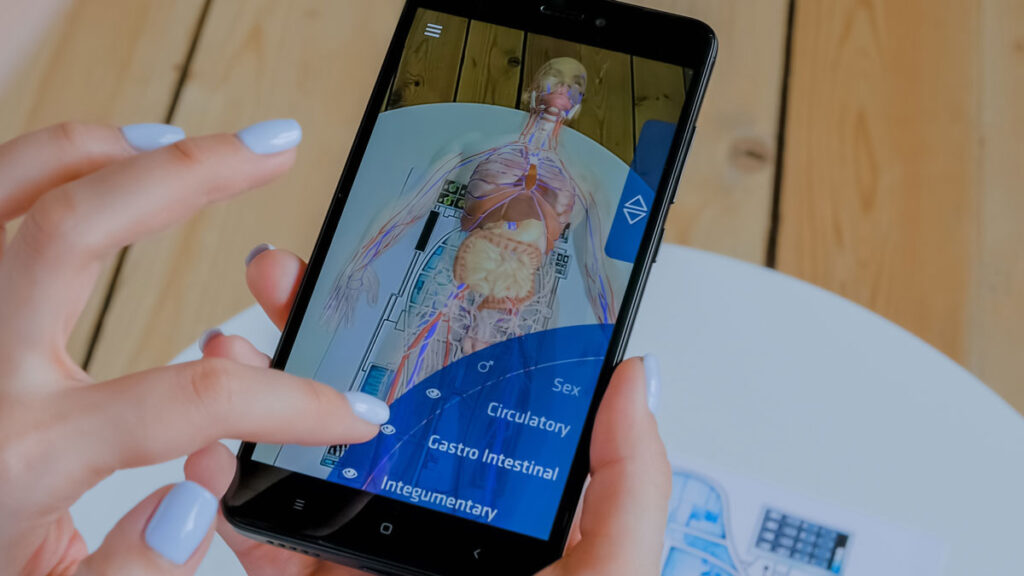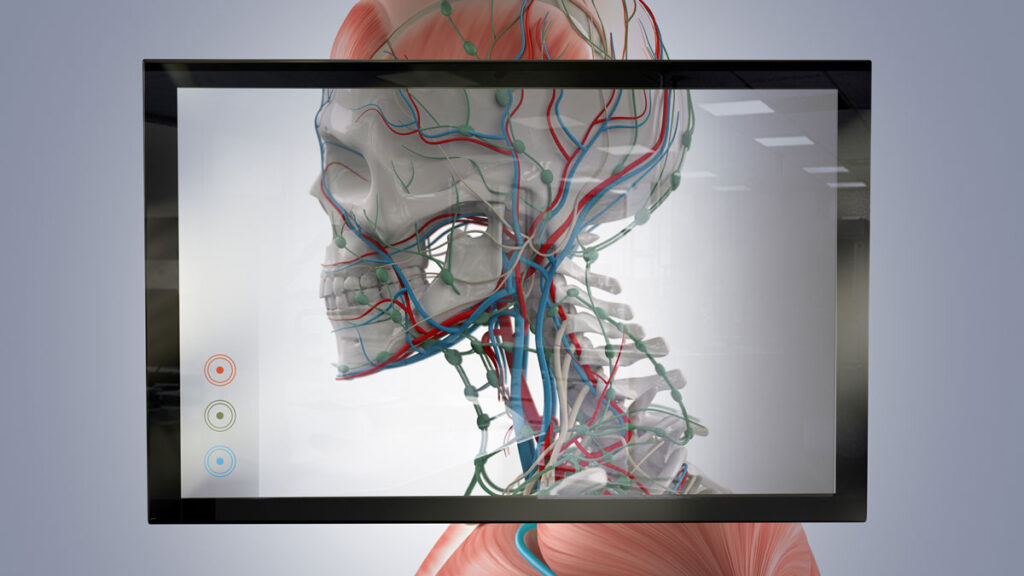Exploring the Use of Augmented Reality in Pharma
Despite AR technology sitting relatively stagnant for decades, in the last few years, its development has skyrocketed and the true potential of the technology, specifically in relation to healthcare, has been unearthed. The reason AR is such a valuable tool is because it can be integrated at almost every level in the pharmaceutical process; from research and education to sales and patient implementation.
AR for Patient Education
Patients have become more autonomous and inquisitive when it comes to medical procedures and healthcare, with an increase in the number of people wanting to know more about the care they’re receiving and how it works. Patient outcomes are the main focus of the healthcare and pharma industries, and patient education contributes heavily to a positive outcome. However, without prior scientific and medical knowledge, understanding complex theories and methodologies can be an issue, but it’s one that is being readily aided by AR.
Using stimulating 3D visuals and graphics, healthcare professionals can translate complicated and often convoluted medical reasoning into more digestible content for patients. This gives patients a better understanding of what is happening with their bodies, the role medication and pharmaceutical products play, and enhances their general understanding of their medical health for added peace of mind. It’s also a more immersive method that can be used to heighten patient engagement and allow patients to make more informed decisions about the care they receive.
For example, a lot of patients may disregard a lengthy leaflet explaining how a medication or treatment option works, but if they can see a visual representation, they’re more likely to take the information in and be able to make better, more informed decisions moving forwards. This is of particular note in paediatric care where children might not be able to understand what is being said without being shown it first.
AR for Internal Medical Training
One of the biggest advantages of AR in pharma is that it can play a pivotal role in training. Oftentimes, training comes with risks which need to be carefully considered due to the real-life impact on patients; however, AR can greatly reduce such risks and minimise the margin of error. By projecting 3D imagery and scenarios, surgeons and trainee medical professionals can train effectively, improve accuracy, and get a better scope of the equipment they’ll be using, without patients bearing the brunt should a mistake occur.
Any technology or process that can bring down risks is an attractive prospect for healthcare providers. Furthermore, students can benefit from less pressure and stress as they are given the opportunity to train and gain experience virtually beforehand, giving them more confidence when they come to actually seeing patients and administering care and treatment.
AR in Product and Device Demonstrations
Pharmaceutical sales is highly competitive and often burdensome for medical professionals who don’t have endless amounts of time to sit through numerous sales pitches and demonstrations a day. Organisations can have the most revolutionary product to showcase, but getting professional bodies to take the time to listen is a dubious battle and can present frustrations on all sides. AR can address this impasse and provide an efficient, accurate, and engaging solution.
Using the latest technology comprising 3D models, virtual tours, and rendered demonstrations, pharma companies can streamline their sales pitches, highlight key selling points and features of their products, and provide medical professionals with an immersive, scalable experience that best reflects the product. It negates the need for cumbersome prototypes, long set-up times and long question sessions. Medical professionals can see and scope out the pharmaceutical solution in real-time, gaining a better understanding of what is being marketed.
This is particularly useful at events and conferences, as it’s possible for companies to cohesively exhibit a range of solutions whilst taking up minimal space. AR is also more accessible and inclusive, meaning more decision makers can be pitched to at once.
Shorter marketing pitches translate directly to faster decisions and quicker patient implementation – again helping pharma companies to meet the increasing demand they face.











